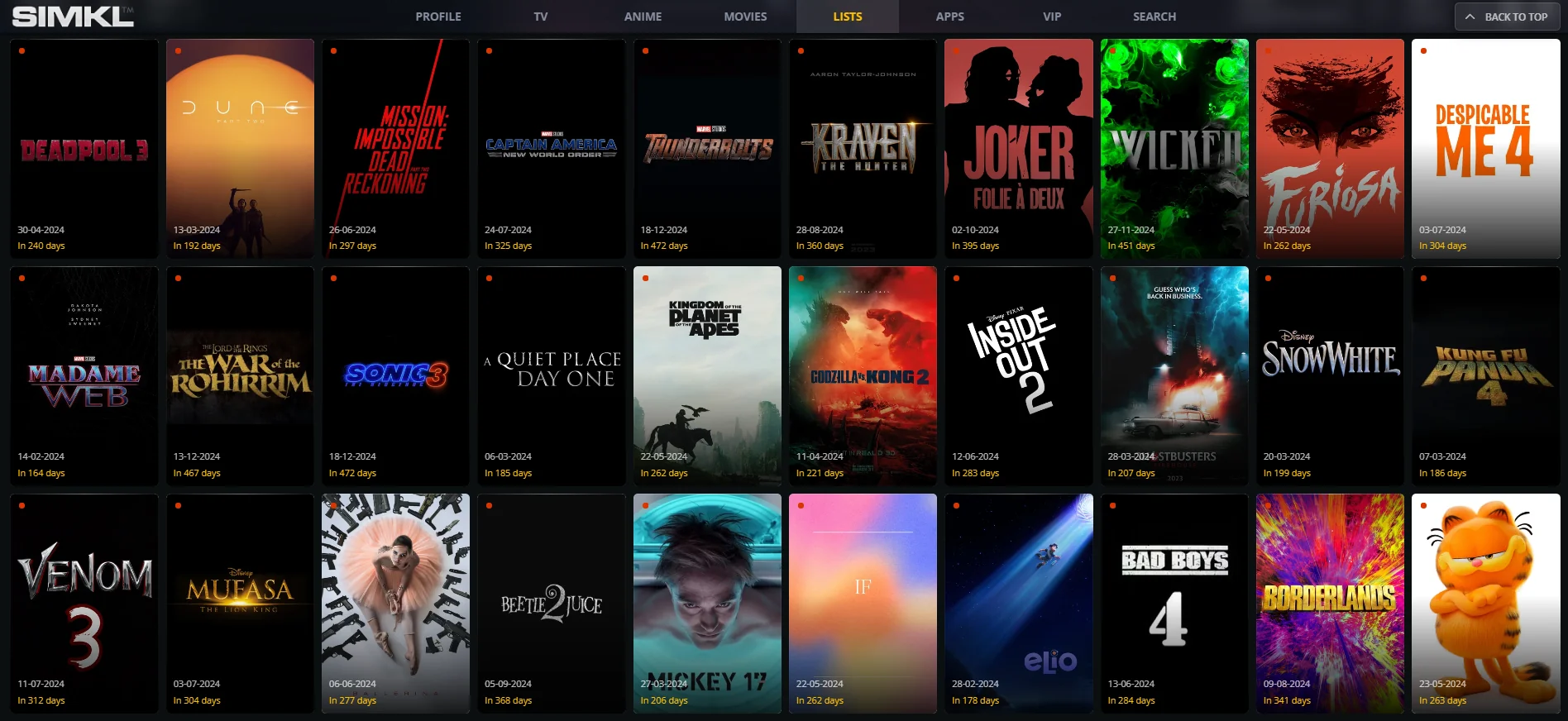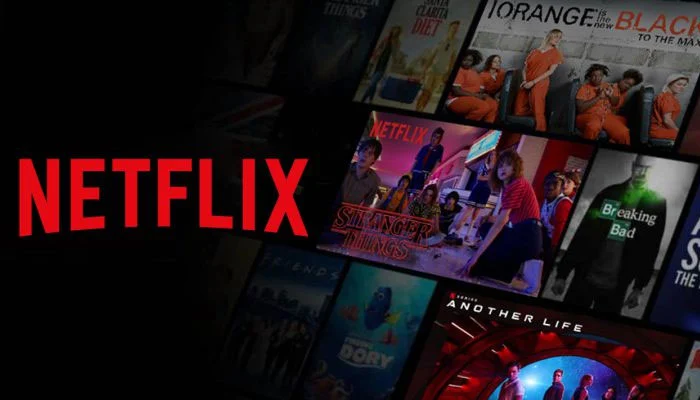How Can Businesses Leverage SEM to Outrank Competitors?
Want to outrank competitors? Learn how businesses use SEM to maximize visibility, attract leads, and grow revenue in a competitive market.

In today’s digital landscape, businesses are in constant competition for visibility. With the rise of online searches, having a strong SEM advertising strategy can be the key to outperforming competitors. Search Engine Marketing (SEM) helps businesses gain instant exposure by placing ads at the top of search engine results. However, achieving success requires more than just running ads—it demands a well-planned approach that combines targeting, optimization, and strategic bidding.
Understanding the Power of SEM for Business Growth
SEM is an essential tool for businesses aiming to capture high-intent customers. Unlike organic SEO, which takes time to build traction, SEM delivers immediate results by putting your brand in front of potential buyers. Through Search Engine Marketing Services, businesses can optimize their campaigns for maximum visibility, ensuring they appear when customers are actively searching for related products or services.
A key component of SEM success is crafting compelling SEM ad text that encourages users to click. The effectiveness of ad copy can make a significant difference in engagement and conversions. Ads with clear value propositions, strong calls to action, and relevant keywords tend to perform better than generic or unclear messaging.
Crafting a Winning SEM Advertising Strategy
To outrank competitors, businesses need a well-structured SEM advertising strategy that goes beyond basic ad placements. Here are some critical steps to optimize your SEM campaigns:
1. Conduct Comprehensive Keyword Research
Targeting the right keywords is fundamental to SEM success. Start by identifying high-performing keywords relevant to your industry. Use tools like Google Keyword Planner, SEMrush, or Ahrefs to analyze search volume, competition, and cost-per-click (CPC). A balanced mix of short-tail and long-tail keywords ensures that you capture both broad and niche audiences.
2. Optimize Ad Copy for Higher Click-Through Rates (CTR)
Your SEM ad text plays a crucial role in attracting clicks. To stand out, businesses should:
-
Use action-driven language (e.g., "Shop Now," "Get a Free Quote")
-
Highlight unique selling points (e.g., discounts, free shipping, 24/7 support)
-
Incorporate the primary keyword naturally
-
A/B test different ad variations to identify the best-performing copy
3. Focus on Quality Score Improvement
Google assigns a Quality Score to ads based on their relevance, expected CTR, and landing page experience. Higher scores lead to lower ad costs and better rankings. To improve Quality Score:
-
Ensure landing pages match ad intent
-
Optimize loading speed and mobile responsiveness
-
Use engaging, informative content to keep users on-site
-
Avoid misleading or irrelevant ads
4. Smart Bidding Strategies for Competitive Advantage
Choosing the right bidding strategy is crucial for maximizing your paid search strategy. Options like Manual CPC, Enhanced CPC, and Target ROAS (Return on Ad Spend) allow businesses to control their ad spend effectively. Automated bidding strategies, powered by AI, can help optimize bids in real-time to increase conversions.
Leveraging Retargeting and Audience Segmentation
A successful SEM advertising strategy doesn’t just target new users—it also focuses on re-engaging past visitors. Retargeting ads remind potential customers about your products or services, increasing the likelihood of conversion. Advanced audience segmentation further enhances campaign performance by:
-
Targeting users based on their behavior (e.g., cart abandonment, product views)
-
Using demographic data (age, location, interests) to refine ad targeting
-
Employing lookalike audiences to reach users with similar characteristics to existing customers
Maximizing ROI with Conversion-Optimized Landing Pages
Even the most well-optimized SEM campaigns will fall short if landing pages fail to convert visitors. Businesses must align their landing pages with their Search Engine Marketing Services by ensuring:
-
A clear and compelling headline that matches the ad promise
-
Fast loading speed for seamless user experience
-
Easy-to-use forms with minimal required fields
-
Trust signals like testimonials, certifications, and security badges
Competitive Analysis: Learning from Industry Leaders
Keeping an eye on competitors' SEM strategies can provide valuable insights. Tools like SpyFu, Google Ads Auction Insights, and SEMrush allow businesses to analyze:
-
Competitor ad copy and keyword choices
-
Their bidding strategies and CPC trends
-
The landing pages they direct traffic to
By understanding what works for industry leaders, businesses can refine their own paid search strategy to stay ahead.
Tracking and Measuring SEM Performance
Regularly analyzing SEM campaign performance is essential for ongoing success. Key performance indicators (KPIs) to monitor include:
-
Click-through rate (CTR) to measure ad engagement
-
Conversion rate to assess lead or sales effectiveness
-
Cost per acquisition (CPA) to ensure profitability
-
Return on ad spend (ROAS) to evaluate financial impact
Utilizing analytics tools like Google Ads, Google Analytics, and heatmap tracking can help identify areas for improvement and optimize campaigns accordingly.
Conclusion: Staying Ahead with a Strong SEM Strategy
To consistently outrank competitors, businesses must take a proactive approach to SEM advertising strategy. A combination of thorough keyword research, high-quality ad copy, smart bidding techniques, and continuous optimization will ensure sustained success. By leveraging Search Engine Marketing Services effectively, businesses can achieve greater visibility, increased conversions, and long-term growth in the competitive digital marketplace.
Would you like to refine any section further? ????
What's Your Reaction?

















